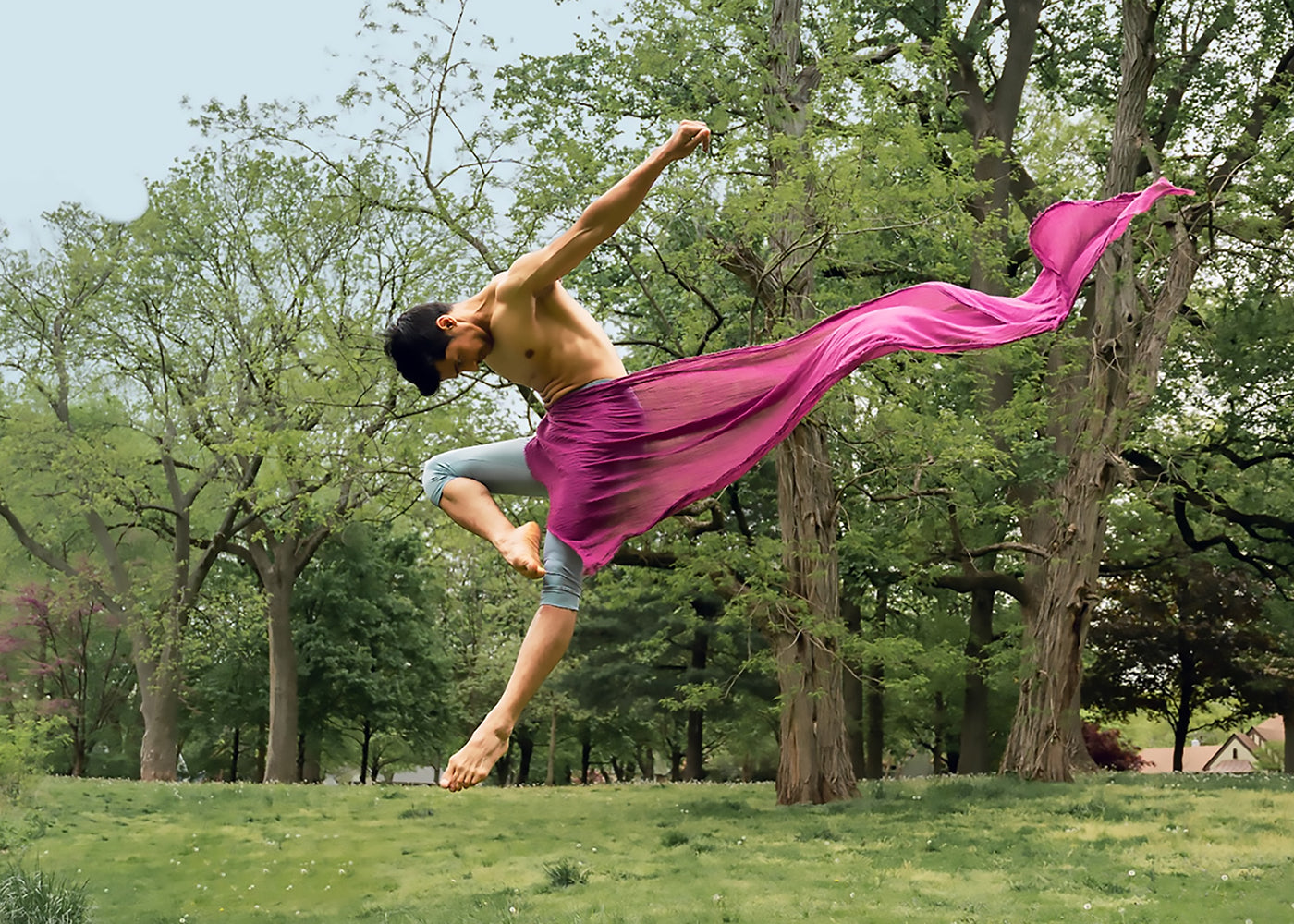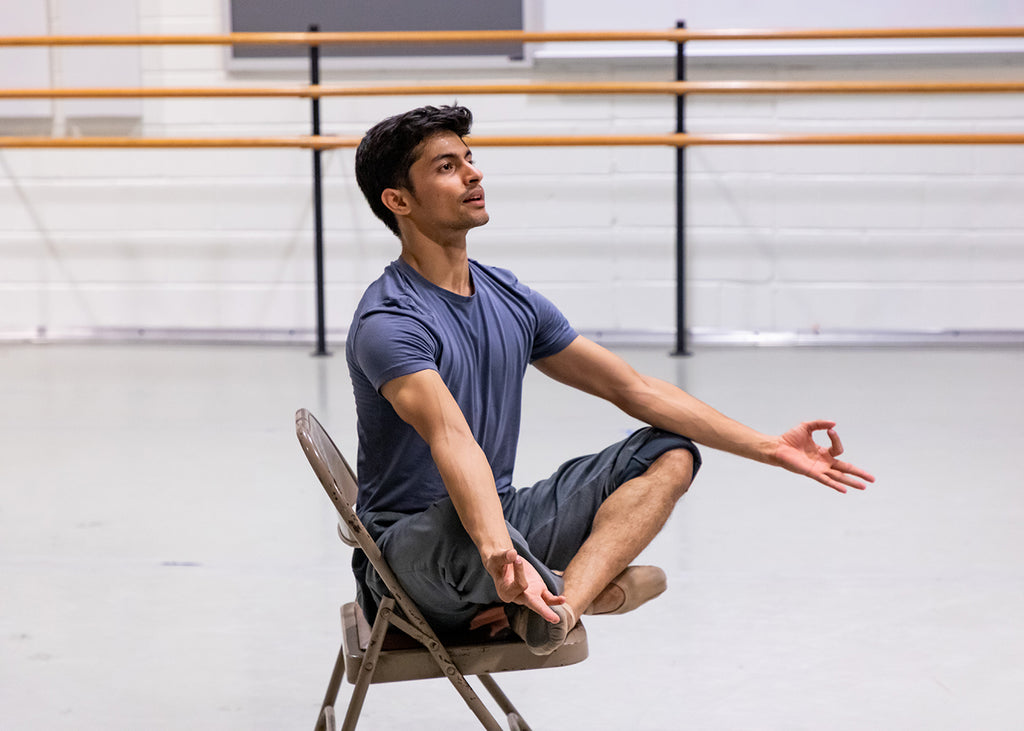Strong Foundations
The Sun King not only invented ballet in its modern form but in 1713 also founded the oldest ballet academy in the world.
Plus
World-class review of ballet and dance.
Some stories take hold of you and just will not let go. The film Call Me Dancer tells such a story—the true-life story of Manish Chauhan, a Mumbai street dancer, who nurtures the dream of becoming a ballet professional against daunting odds. This tale of hope, struggle, setbacks, triumph, and transformation is every dancer’s journey—but more universally, it is a classic hero’s journey.
Performance
Place
Words



“Uncommonly intelligent, substantial coverage.”
Your weekly source for world-class dance reviews, interviews, articles, and more.
Already a paid subscriber? Login

The Sun King not only invented ballet in its modern form but in 1713 also founded the oldest ballet academy in the world.
PlusThe Choreographic Platform Austria (CPA) held in Salzburg from 20–22 November 2025, has become a biennial focal point for contemporary dance in Austria.
PlusIt’s “Nutcracker” season at San Francisco Ballet—36 performances packed into three weeks—which means that the company is currently serving two distinct audiences.
PlusLast week I caught up with choreographer Pam Tanowitz and Opera Philadelphia’s current general director and president, countertenor Anthony Roth Costanzo to talk about “The Seasons,” the company’s latest production premiering at the Kimmel Center’s 600-plus seat Perelman Theater on December 19.
Plus
comments